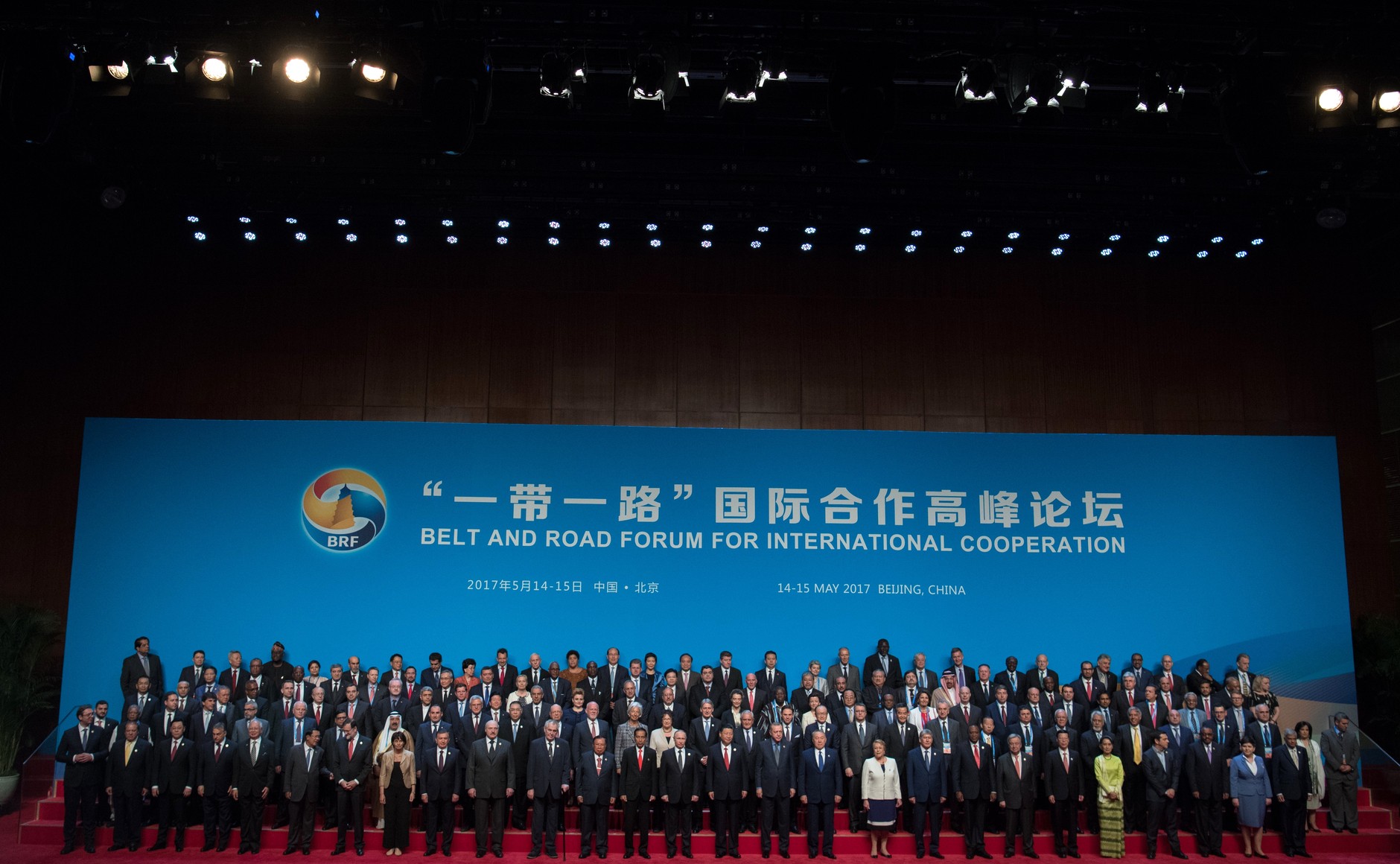
Related article: ‘Chinese Dream,’ Global Ambition: Beijing’s Belt and Road Initiative
Since the end of World War II, the liberal international economic order under the leadership of the United States and the United Kingdom had paved the way for an era of peace, economic growth, and poverty eradication for most of the OECD countries and developing Asian economies.
However, the global economy tanked following the 2007/2008 Global Financial Crisis (GFC), leading to the demise of the Anglo-Saxon system in the global leadership. Despite the attempt to contain its fallout through quantitative easing, the world economy has not fully recovered since. The past decade was notably marked by the global emergence of high national debt, rising income inequality, and a waning faith in the Anglo-Saxon world economic order. This is evident in the rise of nationalism in the developed West.
Concurrently, China had re-emerged on the world stage as a rising economic power, with IMF figures showed that China’s share of global GDP had surpassed the USA in 2014. While the developed West slid into despondency, China, in contrast, had offered an economic olive branch to the world through the Belt and Road Initiative (BRI).
The BRI refers the Silk Road Economic Belt and the 21st Century Maritime Silk Road, a concrete step of China-led globalization which envisages an intercontinental network of roads, high-speed railways, and ports linking up China to various countries in the Eurasia, Africa and the Asia Pacific region.
However, the world remains uneasy about accepting the BRI and the promise of a Chinese-led economic model as co-development engine for growth. This could be due to the unconscious bias of the global citizenry and their addiction to Western leadership. Many intellectuals also perceived the Anglo-Saxon approach as time-tested; hence, the belief that the current Chinese political system may be incompatible with Western values of liberal democracy, and thus not viable. Moreover, the world has just come out of a global recession and there is scepticism that China could pull off the BRI.
Even as China has demonstrated that she has both the technological capabilities, financial resources, and commitment to complete the BRI, faith in China’s ability to see this through is weakened by several key domestic challenges that plagues China, namely environmental degradation, the emergence of “ghost cities”, a turbulent stock market and the challenges of technology-induced structural unemployment.
China’s Domestic Challenges
While China has achieved economic greatness in the past few decades, this has not been without trade-offs. The speed and scale of China’s massive industrialization and urbanization had led to severe environmental degradation, exacting a cost on the environment and public health.
Second, as part of China’s response to the 2007/2008 global financial crisis, her economic stimulus plan led to the building of many cities over the past decade. However, due to the mismatch of supply and demand in economic activities in these newly built urban areas, many of these became “ghost cities”. Given that current demographic forecasts project a future decline in China’s population, it is unlikely these cities will be filled up soon. Moreover, the money spent on construction has swelled China’s bad debt.
Third, given the scope and scale of the BRI and its vague milestones, China’s ability to finance the entire project remains questionable. One possible solution would be the Chinese stock market; which considerable size makes it an ideal platform to raise funds for the BRI projects. As of Feb 2016, its total market capitalization was estimated to be $11,049 billion (including $3,165 billion from Hong Kong) i.e. 15.9% of the 60 major stock exchanges globally. However, in 2015, $5 trillion of wealth was lost when the mainland Chinese stock market collapsed, damaging public confidence in the Chinese government’s ability to manage it. Furthermore, this may create the perception that the Chinese stock market is the world’s largest de facto “casino” and engenders fears of spill-over effects to countries in the future BRI network.
Last but not least, the cumulative effect of the digitization tsunami – i.e. 3D Printing, Robotics, Artificial Intelligence (AI), and Human Cloud - has the potential to disrupt businesses and job markets in both manufacturing and services globally. This is of particular concern for China as the “factory of the world”. While some might argue that China’s technology companies and AI expertise has made it one of the leaders in the 4th Industrial Revolution, these firms are concentrated in the Eastern coastal regions and the economic benefits may not trickle down to the rest of China. The resulting economic inequality could be dangerous tinder for identity politics, especially when the comparatively poorer Central and Western regions are populous with a notably higher concentration of ethnic minorities. At a time of uncertain global outlook and rising trade protectionism, the arrival of the technology tsunami and impending unemployment would be a key challenge to the most populous nation on earth.
Exorcising the four “ghosts” of the BRI to realise the “Chinese Dream”
These events cast a doubt on China’s BRI as a solution to the woes of the global economy. This concern is particularly poignant as the BRI in its completed state would cover more than 62.5% of the world population and 65 countries. In short, more than half of the world humanity’s social economic well-being will be connected with this initiative.
Given that China’s BRI partners would be intricately connected with China upon completion of the initiative, any ripples in the Chinese economy would likely reverberate outwards to the other countries in the network; both positively and negatively. This may cause a global crisis even larger than the one that began in 2007.
Finally, these challenges are not limited to China but shared by many countries in the world. Thus, for China to gain the world’s trust in her economic leadership, she must needs demonstrate the credibility of the BRI through her competent management of her domestic challenges. Only then would China be able to convince the world of the tangibility of the “Chinese Dream”.
